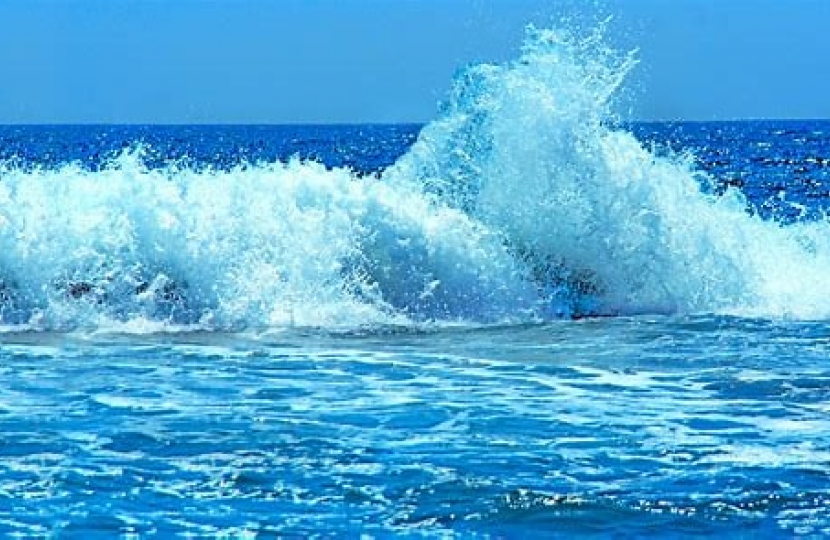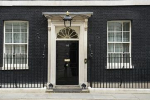
Thank you to constituents for contacting me about ocean protection.
I know that the UK is a global leader in protecting our seas, the ocean and marine life, working with counterparts both in the UK and overseas. Almost 200 countries agreed a deal to protect nature at COP15 in December 2022, including a global commitment to halt and reverse biodiversity loss by 2030 and also to protect 30 per cent of land and oceans by 2030. I understand that nearly 8.3 per cent of the global ocean is protected. The UK has announced nearly £30 million to support developing countries to deliver the "30 by 30" target. In addition, in March, UN Member States agreed the High Seas Treaty, which aims to place 30 per cent of the seas into protected areas by 2030.
Further, 374 Marine Protected Areas (MPAs) protect 38 per cent of UK waters, which are all subject to planning and licensing regimes to ensure they are protected from harmful activities. The Government’s Environmental Improvement Plan (EIP) sets the country on a path to deliver an improved marine environment and halt the decline in biodiversity which benefits us all. As set out in the EIP, the Government has a statutory target to have 70 per cent of designated features in MPAs in a favourable condition by 2042, with the remainder in a recovering condition.
I am aware that at the 2022 United Nations Ocean Conference, the UK, US and Canada launched the Illegal, Unreported and Unregulated Fishing Action Alliance, which brings together state and non-state actors to tackle the illegal, unreported and unregulated fishing. Through committing to implement international agreements, promote active monitoring, control and surveillance, and encourage transparency and data sharing, this alliance is growing and has welcomed several new countries to its membership.
Invasive species are recognised as one of the greatest threats to marine biodiversity worldwide, second only to habitat loss, and cost the UK economy £120 million a year. I am aware of research led by the Centre for Environment, Fisheries and Aquaculture Science (Cefas) which, by adapting a model originally designed to predict the distribution of oil following a spill, was able to uncover the origin of floating marine debris and track how invasive species enter UK waters. It is hoped that this new modelling technique will enable the UK and other countries to track the movements of floating debris more accurately and establish an early warning system to prevent and respond to any emerging threat of non-native species.
With 80 per cent of marine debris made up of marine plastics, and over 800 million tonnes of plastic ending up in our oceans each year, this research reiterates the importance of tackling global plastic pollution, supporting calls from the UK at COP15 last year for greater ambition and support to protect 30 per cent of the world’s ocean by 2030.
In addition, the Government has pledged funding to support marine protection, ocean research and activities to combat illegal fishing. These investments will bolster initiatives aimed at conserving our oceans and ensuring their long-term sustainability by allocating resources to these critical areas.
Finally, the first three Highly Protected Marine Areas (HPMAs) have come into force. These areas of the sea will benefit from the highest level of protection which will exclude all fishing, thus encouraging full recovery of marine ecosystems. For HPMAs to be successful, the Government will work with the fishing industry, other marine industries and sea users in designating, managing and monitoring them.



